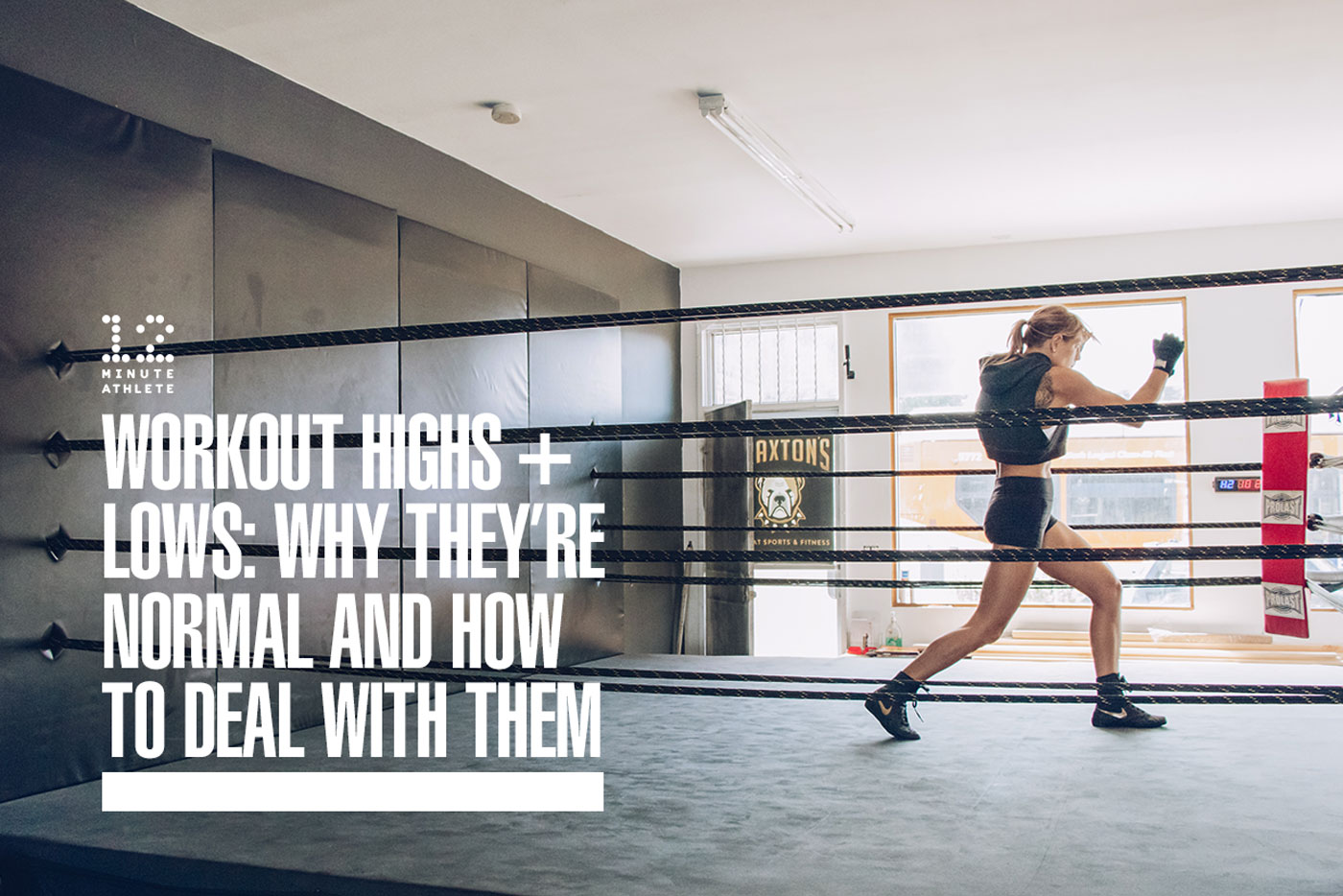
Throughout your fitness journey you’re bound to experience highs and lows. Even the most experienced athletes can attest to this.
“Highs and lows” can look different for everyone, but here are some common situations I hear about from students and clients:
…You experienced rapid progress at the start of your journey, but your gains are slowing down or have come to a standstill. (plateaus)
…You challenged yourself to start a new skills program or fitness plan, and you’re really struggling. (need to scale back)
…You were motivated and on a roll, but now you’re lacking inspiration and skipping workouts. (boredom/lack of interest, or life change)
…You’ve recently been injured and don’t know how to keep up with your goals while working below full capacity.
Do any of these sound familiar?
As you continue to challenge your body and push your limits, you’ll likely run into roadblocks at times. Whether your progress has slowed, your motivation is lacking, or you’re just not seeing the results you expected, rest assured that every athlete experiences challenges like this.
Here are some recommendations for getting past the “lows” and getting back to the “highs” of exercise – progress, health, and happiness!
If You’ve Hit a Plateau….
While undoubtedly frustrating, plateaus are completely normal and something every athlete experiences at one point or another.
Plateaus happen for a number of reasons, including:
- Not challenging yourself enough during your workouts
- Not giving your body adequate nutrition
- Having mental blocks around a certain exercise or working out in general
- Needing to rest more or even take some time off from training
…among other reasons.
The good news is that you can get through them. Check out this post for tips on how to push through a plateau.
If You’re Putting Workouts on the Back-Burner…
Take a look at what’s changed between now and when you were committed to regular workouts.
Has something in your daily life/schedule made it harder to find the time to exercise? Are you just not excited about the workouts you were doing when you first started? Maybe you’re feeling like you should be farther along in your progress than you are?
Whatever the reason, try to pinpoint what’s holding you up, and then adjust your goals and workout approach accordingly.
If You Just Can’t Seem to Make Any Progress
Sometimes, the best way to move past situations like this is to scale back. Pushing yourself is awesome, but do your best to recognize if you need to start with an easier progression of an exercise and work your way up.
More often than not you can train for the full version of an exercise (e.g. pull ups) by starting with easier variations in order to build strength and proper form, then go for the bigger moves when your body is ready.
The key is to remember that ups and downs are normal for any fitness journey, and they don’t have to stop your progress altogether. Identify what kind of “low” you’re experiencing, and think outside the box to get past it.
It’s all about perspective, learning from each new situation, and moving forward despite obstacles.
You’ve got this!



I love how this article is structured. It makes for some really easy & digestible reading. Yes, the highs and lows can either make or break a person esp at the start of their fitness journeys. This is a good article to instill the right mindset for people with regards to progression & plateaus.
Good post!